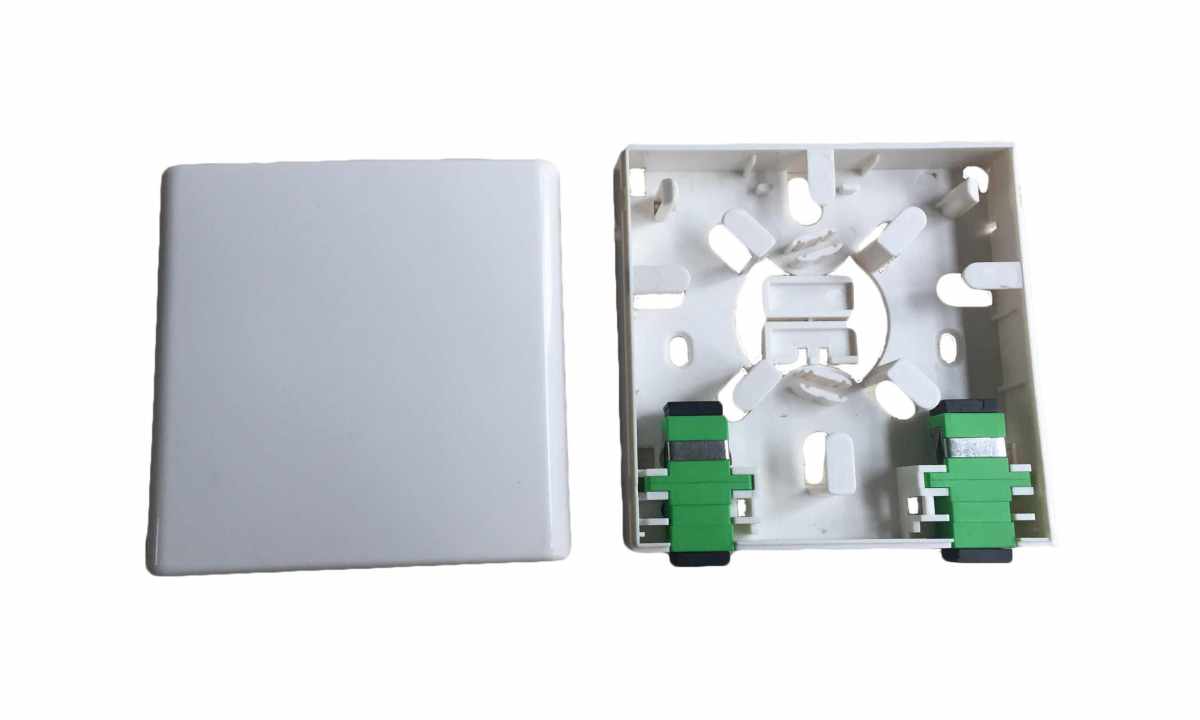Terminal boxes represent devices which close nodal connections of electrical wiring. These are plastic or metal designs with openings, electrical wires depart from them.
Main types of terminal boxes
Terminal boxes create esthetic look, closing twists of wires, and provide safe operation. Electric wiring is not exposed to mechanical influences that ensures its safety.
Distinguish the following types of terminal boxes:
- for interior wiring;
- for open wiring.
It is simpler to establish designs for open wiring. Terminal boxes fasten on wall. If interior wiring, distributing devices are located in small apertures of walls.
Devices also classify by assignment, safety degree:
- Are used in normal or industrial premises. Covers without rubber gaskets, in places of input are standard rubber sealants.
- Intend for mounting in rooms where it is very dusty.
- Splash-proof. Are applied in rooms with the increased humidity. In such devices there are special rubber gaskets and sealants.
- Fire-resistant. Are necessary for rooms to which increased requirements of fire safety are imposed.
Mounting
Mounting of terminal boxes is made at distance 25 cm from ceiling. Establish them in places of branches of the wires specified in the project.
If models for interior wiring are chosen, carry out arrangement so that covers were on wall surface. It will provide access to electrical wires.
Deepenings become the perforator or special crown. The box is fixed by alabaster solution. If wiring external, distributive designs fasten to walls by means of dowels.
To bring wires, prepare stroba which wiring keeps within. Then do distributing of wire system.
Carry out behavior of electrical wiring in box at the length of 5-7 cm. There wires of conclusions to switches, sockets, consumers of electricity keep within.
That connection was correct, wires mark, the ends smooth out from isolation. In terminal box of wire connect as follows: phase with phase, zero with zero, grounding with grounding. The ends fix terminals or by method of twist.
Twists are pressed out by flat-nose pliers or other tool and closed by plastic caps or insulating tape. Sometimes the contact area of wires is processed by soldering for ensuring reliability of contact.
Laying of wires carry out with allowance 10 cm so that they did not adjoin with each other. After that boxes are closed by covers.
Upon termination of complex of works turn on all electric devices to check whether wires are heated. If heating, perhaps is found, replacement by wire of bigger section will be required.

